Multi Award-Winning
Integration Strategy, Support & Technical Expertise
For technology decision makers building connected, efficient cloud ecosystems — with clarity, speed, and confidence.
20
Years Established
300+
Businesses Served
1m+
Transactions per Week
2000+
Users
Your Trusted Partner
When it comes to cloud integrations, it’s not just about connecting systems — it’s about building a strategic foundation for growth, scalability, and long-term success.
At Streamline Digital, the focus is on being a trusted integration partner — not just another consultant.
Backed by deep technical expertise and a proven track record, the approach is collaborative, working alongside your technology team to develop clear, actionable strategies tailored to your specific environment.





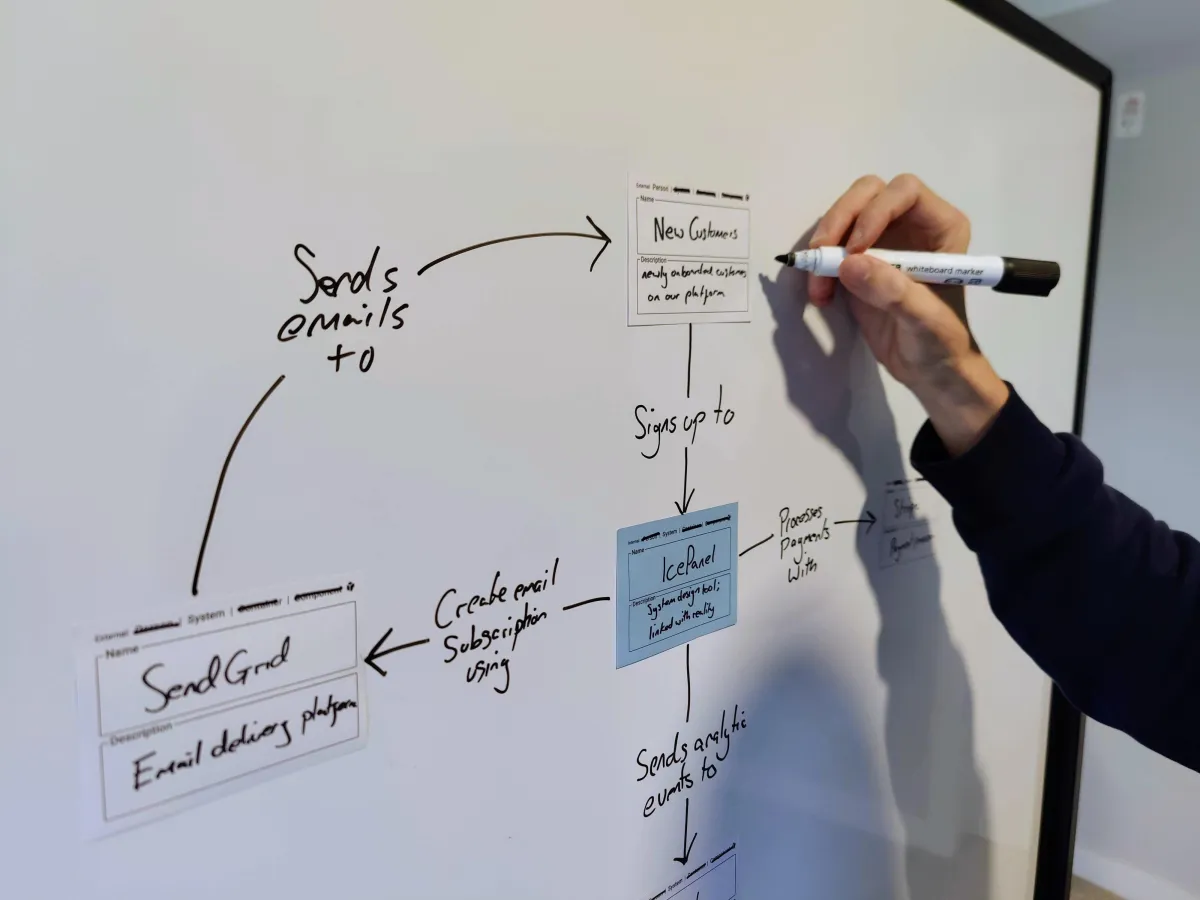
Your Integration Strategy
Starts Here
What if your next integration project didn’t start with guesswork or isolated tools, but with a clear, actionable strategy backed by experienced partners?
That’s exactly what we offer.
We bring clarity, structure, and technical expertise — and work with you every step of the way to ensure seamless execution and real results.
Why Streamline is the right partner
Clear, Actionable Roadmaps
End-to-End Support
Strategic Focus with Technical Depth
AI-Driven Efficiency
Built for Scale

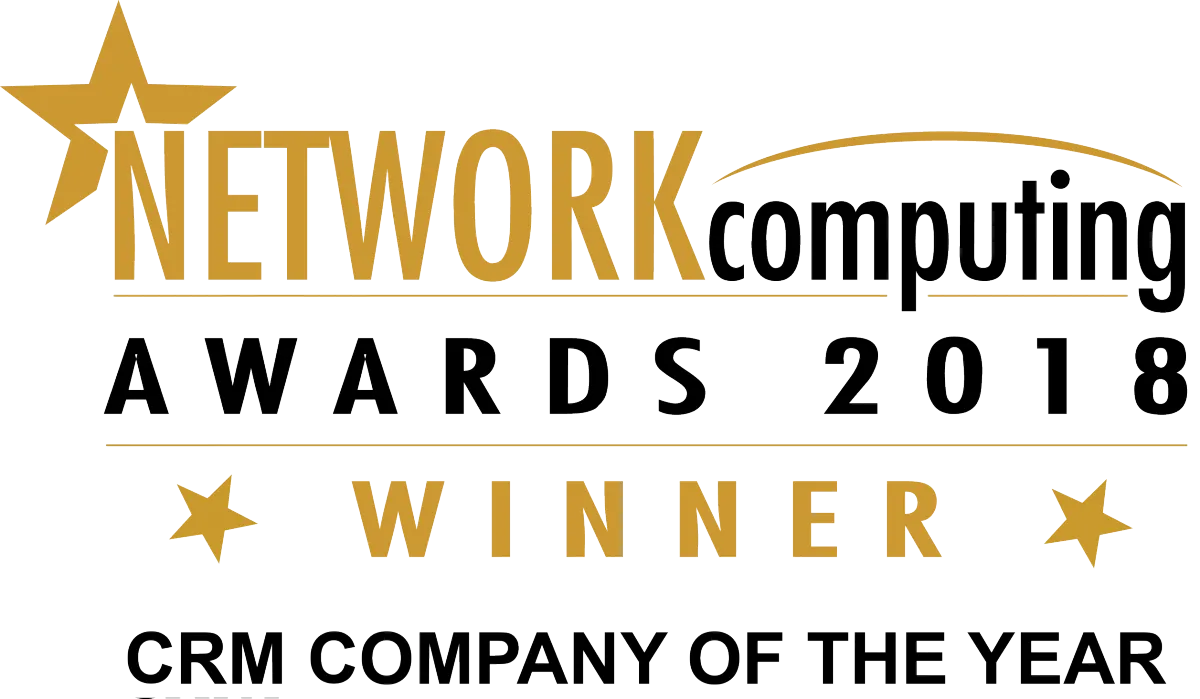
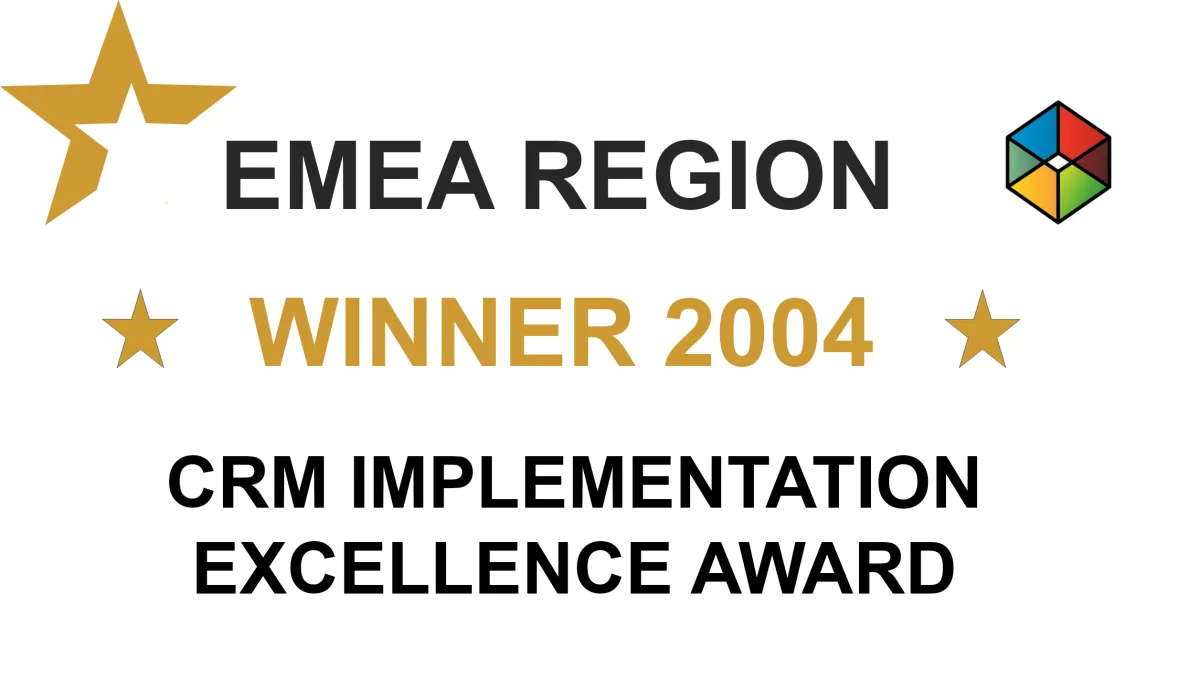
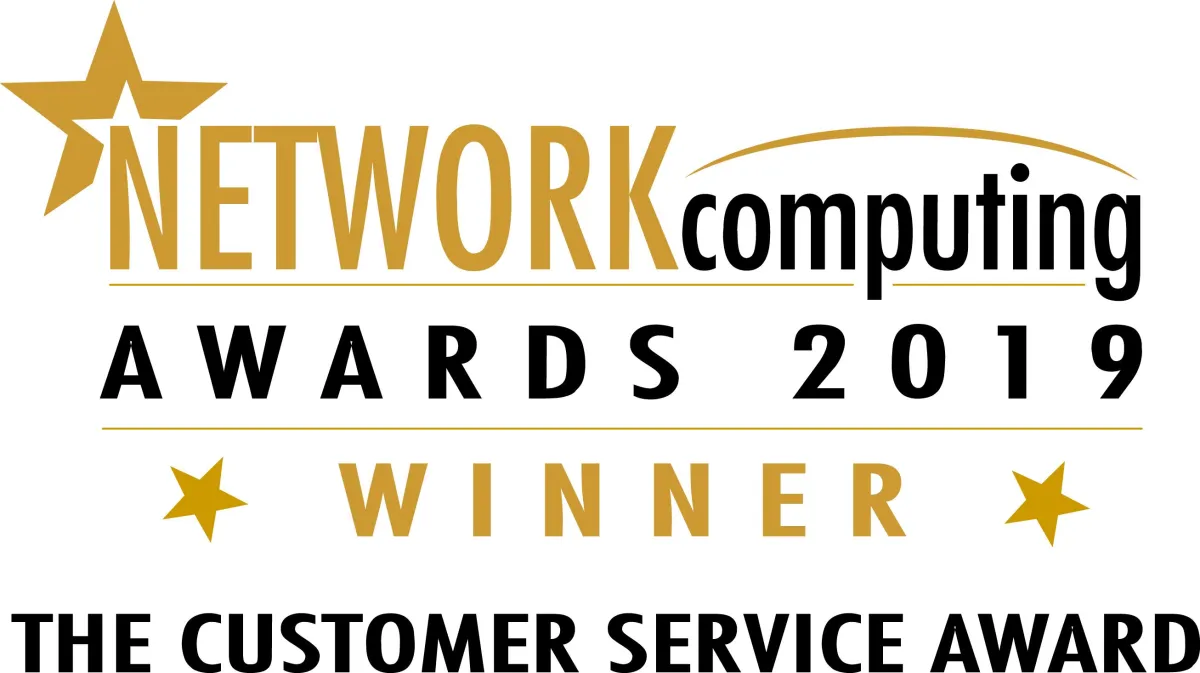

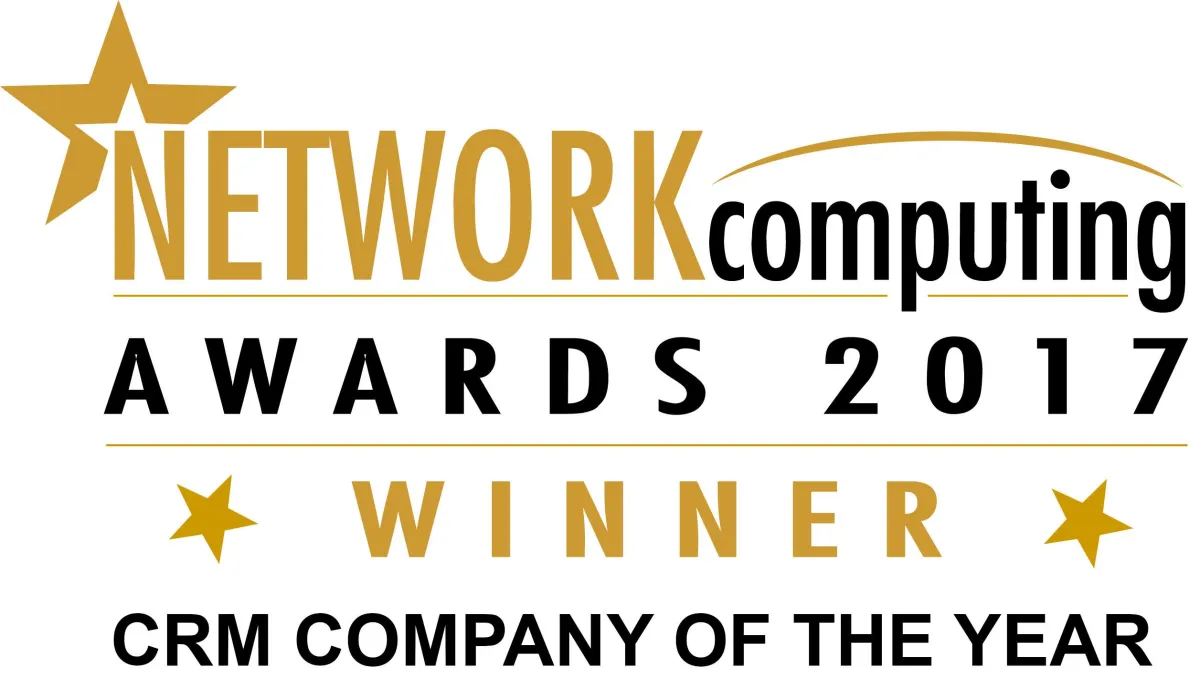
Meet the Founders

James Bogue
Consultant, Entrepreneur & Founder of Streamline
With over 40 years of experience scaling small and medium-sized technology businesses — including one that ranked among the UK’s Top 100 Growth Companies — I’ve learned that growth is only sustainable when systems work together.
As co-founder of Streamline Digital, I specialise in solving complex integration challenges. We help businesses streamline their operations by making sure the right systems talk to each other — in the right way — so that people get the information they need, when and where they need it.
We take on the problems others avoid, designing structured, phased integration strategies that actually deliver results. If your business is being held back by disconnected systems or inefficient processes, we can fix that — one smart, practical step at a time.

Mark Dixon
Technologist, Entrepreneur & Founder of Streamline
I began my career as a software engineer, which led me to consulting for some of the UK’s largest companies.
I’ve always been more focused on business outcomes than just technology. At one market-leading organisation, I solved 3 of their top 10 architectural problems using their existing technology — while everyone else was still planning expensive rewrites.
My passion for driving business results led me to found Streamline —a business where I help companies unlock the full potential of their technology platforms, maximize efficiency, and drive real growth.
What our clients say

Rebecca Courthold
Head of Customer Service
wagamama
Streamline hasn’t needed large amounts of my time, and we can quickly get the work done and delivering benefits to wagamama.”

Jasper Lounio
Global Head of Channel
Efficy
Whether it’s through seamless integrations, expert consultancy, or tailored CRM configurations, Streamline consistently raises the bar for client success

Karen Clarke
Client Relationship Manager
BaxterStorey
Streamline are without doubt the most effective technology supplier in terms of solution delivery, adding huge value across our range of platforms

COMPANY
CUSTOMER CARE
LEGAL
FOLLOW US
Copyright 2025. Streamine Digital. All Rights Reserved.
